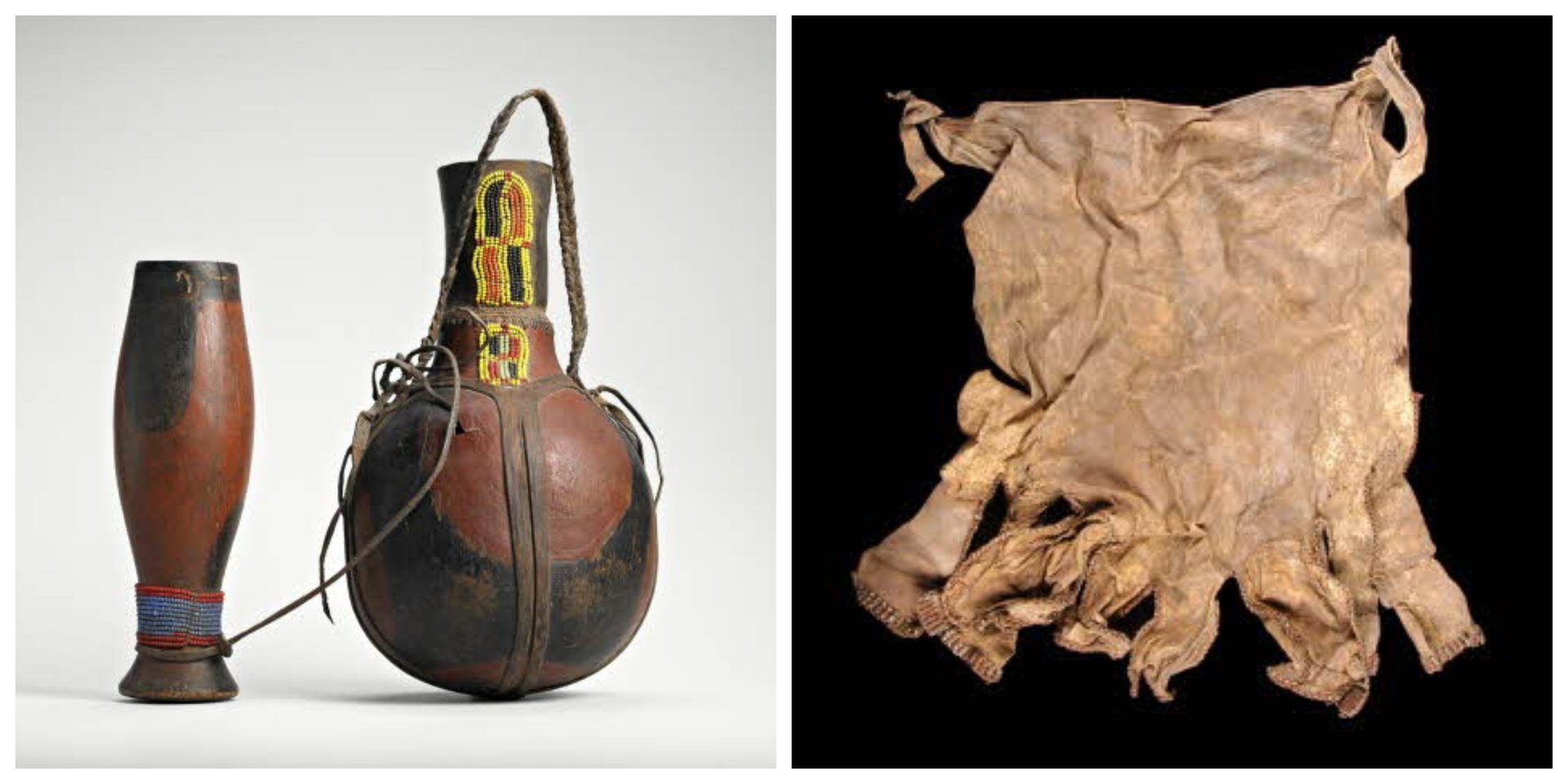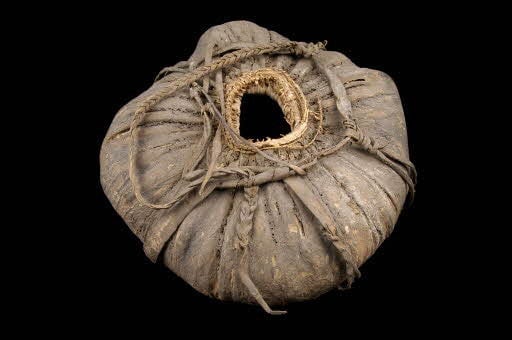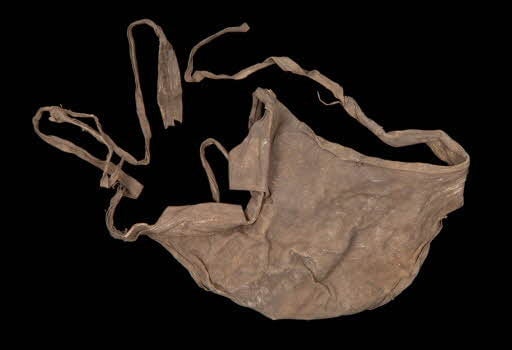Kenya is starting to track its valuable stolen artifacts worldwide—with German help
At a recent event discussing Kenyan cultural objects held in institutions across the world, the coordinator of public programs at the National Museums of Kenya Juma Ondeng’ posed a question to the audience.


At a recent event discussing Kenyan cultural objects held in institutions across the world, the coordinator of public programs at the National Museums of Kenya Juma Ondeng’ posed a question to the audience.
The queen of England wears a crown, he said, so “What do you think will happen to any African country if we could sneak in, pick that crown, and come back home with it?” There was a pregnant pause, followed by a comment that an invasion would ensue or that the UK and other European nations might withhold development aid in retribution. “That crown signifies lots of things and is part of their identity,” Ondeng’ went on. “And so the moment you steal it and run away with it, you are also denying them that identity.”
Perhaps for the first time in Kenya’s history, there’s a movement to investigate the cultural artifacts stolen and kept outside the country’s borders. The discussions surround how certain objects were bundled or bequeathed from the East African nation, exploring where in the West they are actually housed, who holds the agency to demand their repatriation, and how their historical and cultural legacy can be harnessed for sustainable and creative development.
Questions arise over whether national museums should house objects of Kenyan provenance too, or whether they should be returned closer to the communities and peoples that initially produced them.
Many of the answers to these questions and more are now being led by the International Inventories Program, a research project undertaken by NMK, the Nairobi-based arts collective The Nest, and the German social enterprise Shift. Funded by the German cultural institute in Kenya, the program seeks to create a first-of-its-kind inventory of Kenyan artifacts held in public institutions abroad. Once the objects are identified in museums in Germany, UK, and the US, the aim is to get these works to Kenya and feature them in permanent or temporary exhibitions.
The current conversation in Kenya about plundered troves is taking place amid a global one calling on former colonial powers to return thousands of African treasures they seized through outright theft, military conquest, or dishonest and illegal methods to their original homes. Last month, a report presented to president Emmanuel Macron recommended amending French law to allow the restitution of cultural works through bilateral accords. The report noted that 90% of the material cultural legacy of sub-Saharan Africa remains housed outside of the African continent.

Even though much isn’t known about the breadth of Kenyan works abroad, the Restitution report notes there are at least 181 objects currently at France’s du quai Branly-Chirac museum. These include a goblet, shield and spears, metal bracelets, and pots. Hundreds of vigango totems, wooden statues designed to honor the dead among the Mijikenda people, are also being held in both museums and private collections in Europe and the US. The skull of freedom fighter and Nandi chief Koitalel Arap Samoei is still held in Britain—even though the relics he owned that were stolen by the British officer who killed him were returned in 2006.
The creation of IIP started two years ago after artists Sam Hopkins and Simon Rittmeier started investigating and mapping what it would mean once African objects leave museums in Germany. Their book, Letter to Lagat, which was a series of letters they exchanged with the national museum in Nairobi, kickstarted a conversation with The Nest about issues related to ownership and control of African art in Europe.
And even though the book dealt with the sudden disappearance of a collection of African objects from a European institution, Nest member Njoki Ngumi says Kenyans and Africans “were already dealing with a memorialized absence because there were objects that had already been absent from us. They were taken. They were gone.”

Yet undertaking this project will be easier said than done. IIP members have divergent opinions about temporary and permanent loans, but a complete discussion around what to do with the objects won’t happen until they account for what’s abroad and how they got there. Governments have also outright said no to returning objects even on loan, with former British prime minister David Cameroon once arguing “If you say yes to one you suddenly find the British Museum would be empty.”
The world’s leading museums have also defended their right to keep ancient statues, giving the excuse that their institutions served the interests of all nations. Jim Chuchu of the Nest calls this “weaponized bureaucracy” or “the circle of nonsense” like how Germany refuses to return the 3,400-year-old bust of Queen Nefertiti calling it “the ambassador of Egypt in Berlin.” “It’s a hostage situation,” he said.